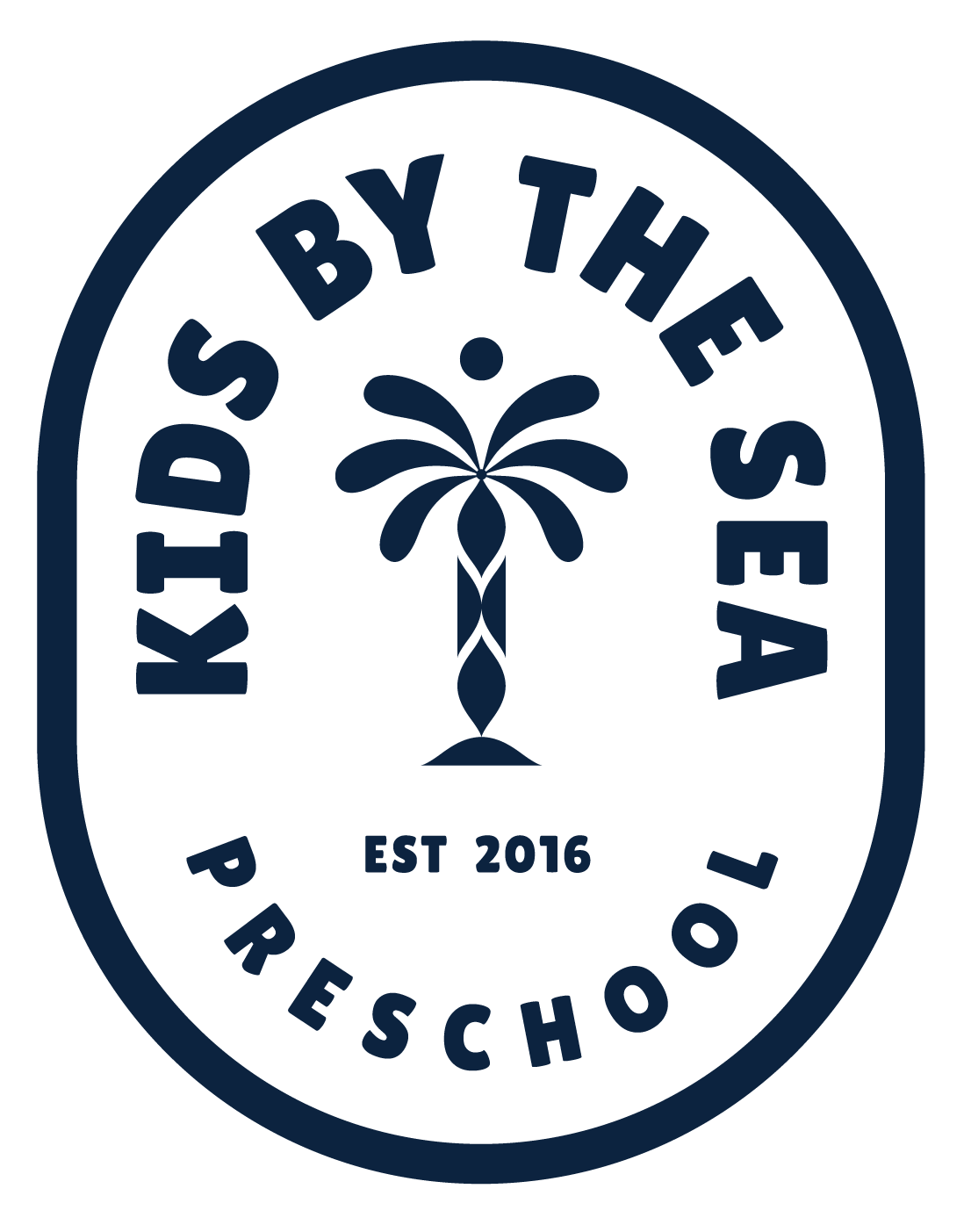Montessori vs. Reggio Emilia: Key Differences in Early Childhood Education Methods
On the many tours given at Kids By The Sea, a very common comment from parents who have read our website and learned we are Reggio-Inspired is, “I’ve heard a lot about Montessori, but not so much about Reggio. Are they basically the same?” And, while there are many similarities–they both advocate hands-on-learning, are child-centered and focus on developing initiative and responsibility–they exhibit foundational differences that reflect distinct educational philosophies.
The Origins and Missions
The Montessori method was founded by Maria Montessori, whose mission was to educate disadvantaged children so they could grow up to be productive members of society. Until Montessori came around, these children had been thought of as uneducable and destined to be drains on society. Maria Montessori’s work has proved that all children are educable and deserving of academic opportunities.
Reggio began in the small town of Reggio Emilia. After World War Two, the town had been decimated and made the unique decision to rebuild their communities around schools, emphasizing the importance of education in societal reconstruction and instilling future hope into the next generation.
The Role of Play in Learning
Traditionally, the Montessori method does not prioritize play as a learning mechanism, focusing instead on structured activities designed to teach specific skills. Even as Montessori programs moved to America, play was simply not a piece of Montessori’s agenda. Contrastingly, Reggio Emilia schools view play as essential, encouraging children to learn through interaction with their environment and peers, fostering creativity and problem-solving.
Interacting with Materials
Reggio and Montessori are both known for their beautiful environments, however the actual materials and the way children are encouraged to interact with materials is very different. Montessori classrooms feature materials with specific uses, introduced sequentially to children as they master each task, promoting independence and mastery. In Reggio Emilia settings, materials are versatile and open-ended, allowing children to apply their imagination and creativity, reflecting a more exploratory learning style.
At Kids By The Sea, we create environments based on children's interests and developmental levels. And, from the environments we create (as long as they are being respectful of the materials and the other people in the classroom) they can play and explore in any way they choose.
Community and Social Learning
Montessori schools often limit parental involvement in classroom activities, emphasizing the child’s independence and personal space within the educational environment. Reggio Emilia schools, however, thrive on community involvement, viewing education as a partnership between teachers, parents, and children, and fostering a strong home-school connection.
Conclusion: Choosing the Right Approach for Your Child
Understanding the differences between Montessori and Reggio Emilia approaches is crucial for parents and educators aiming to provide the most supportive and enriching early childhood education environment. Both methods have their merits, but the choice depends on the individual child's needs, family values, and the desired role of play and community in the child's education. If you’re struggling with choosing a preschool for your child, take this schooling model quiz.
Enhancing Early Childhood Development through the Outdoor Classroom Approach



